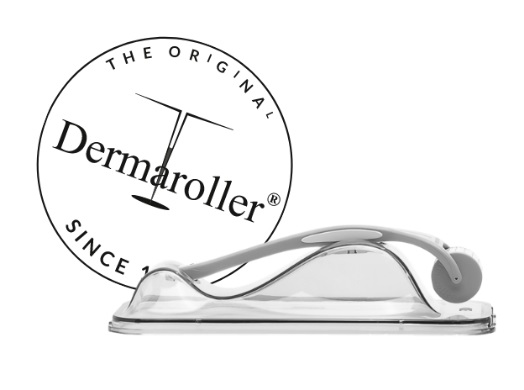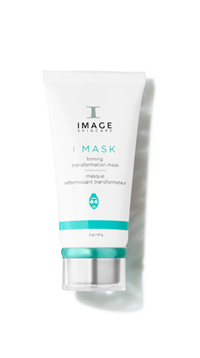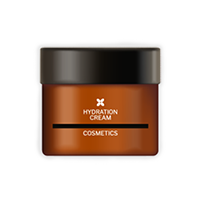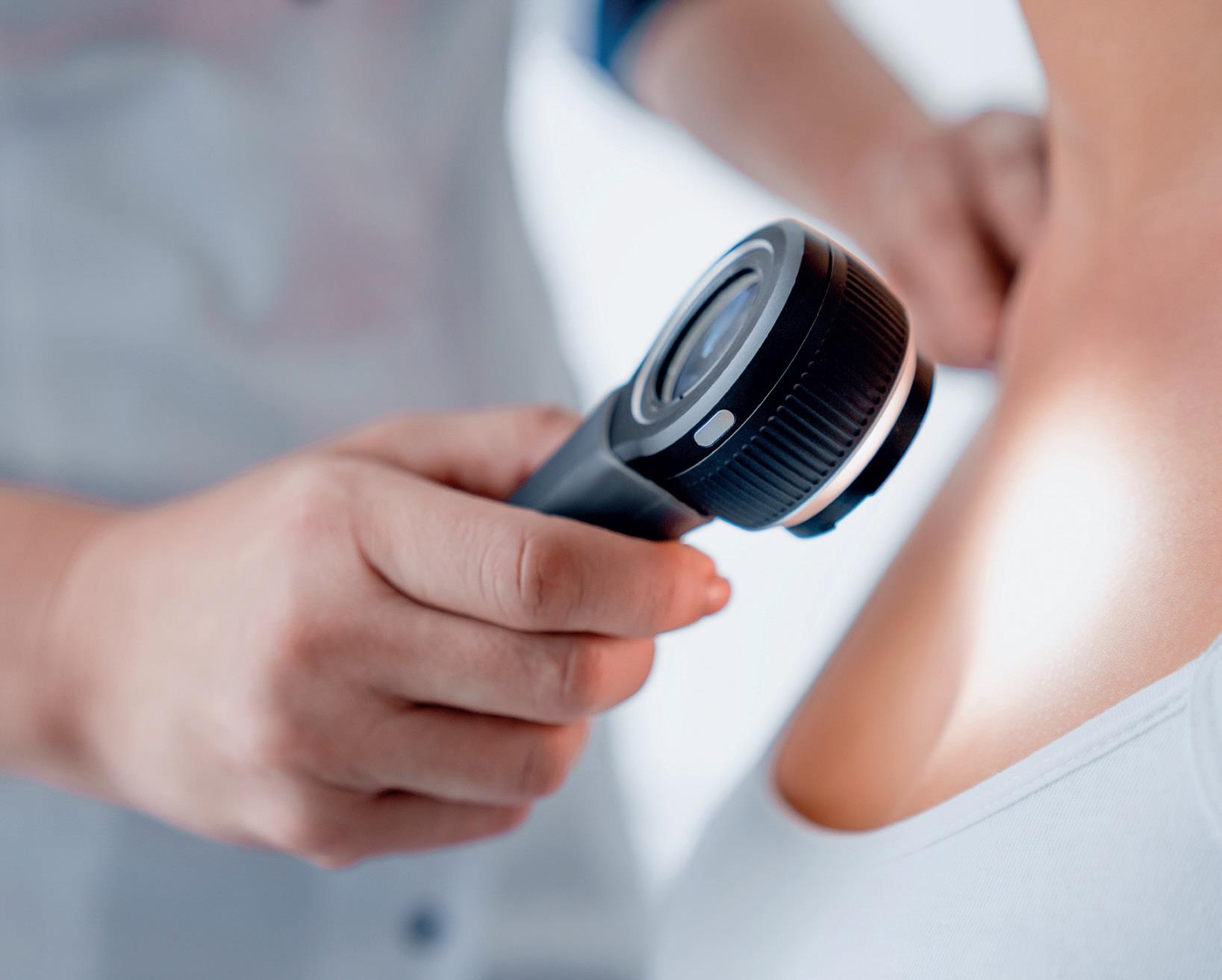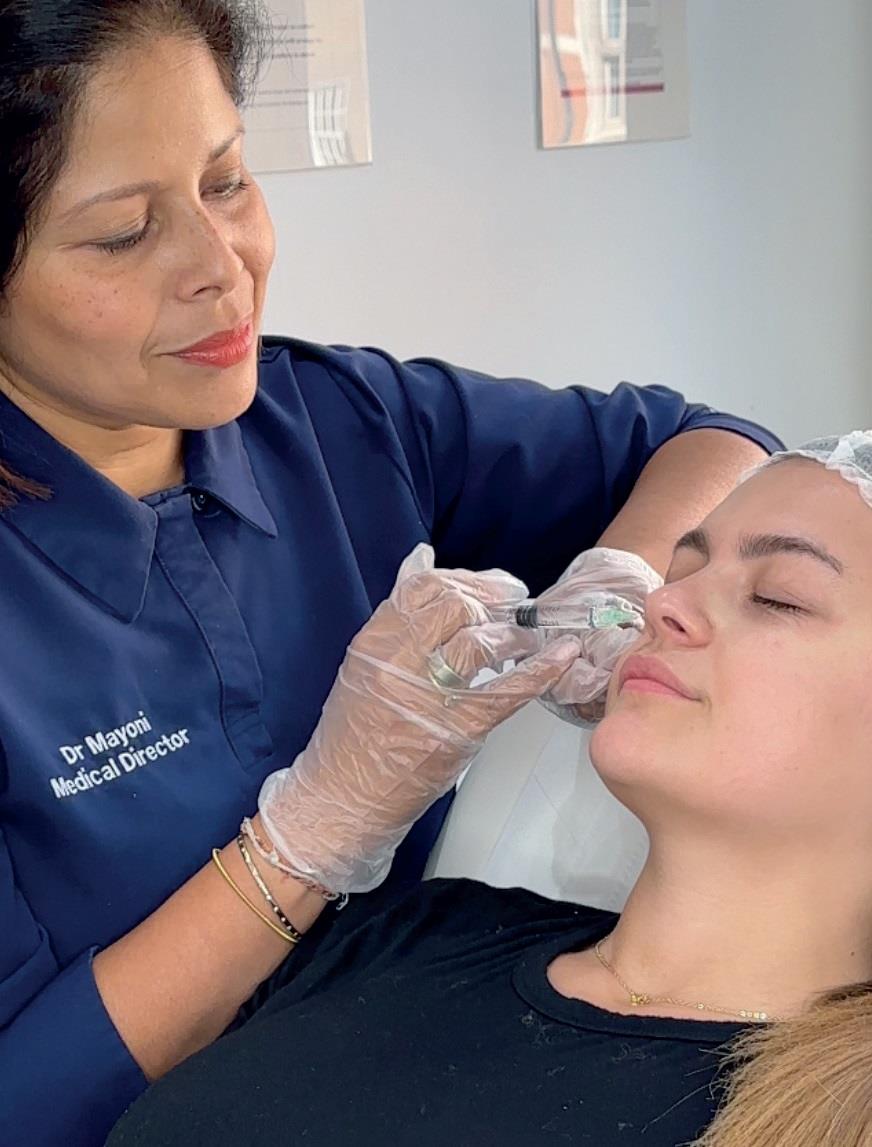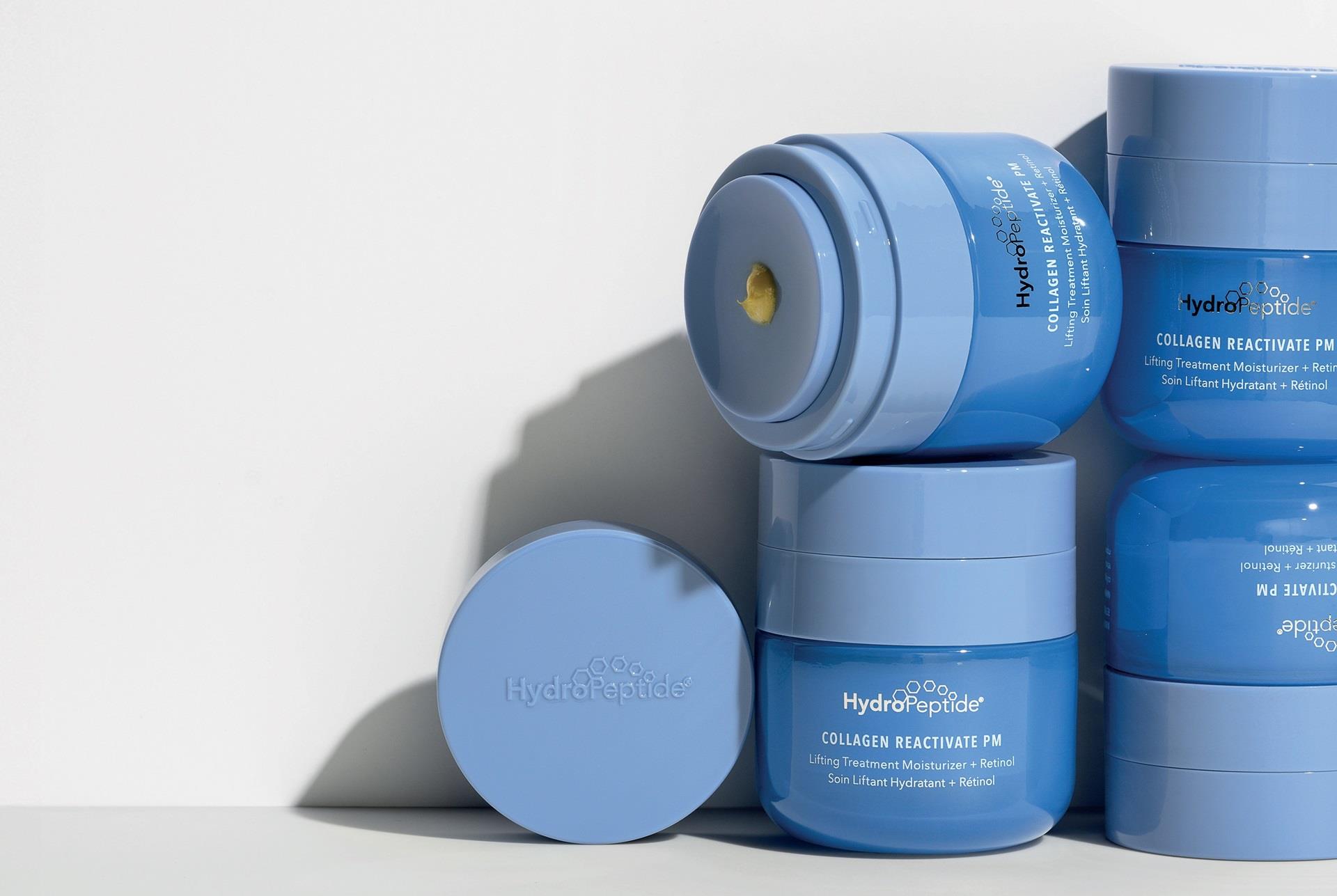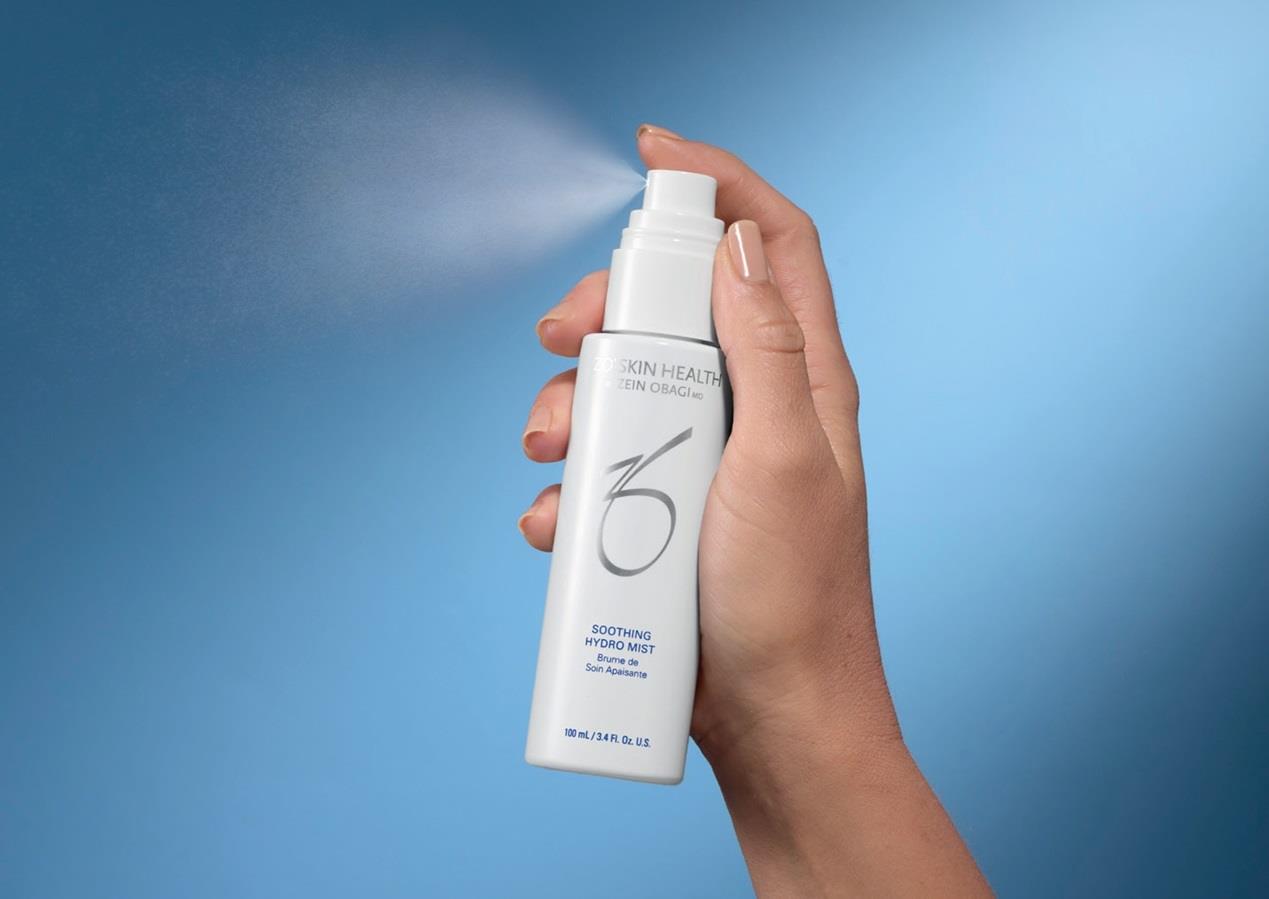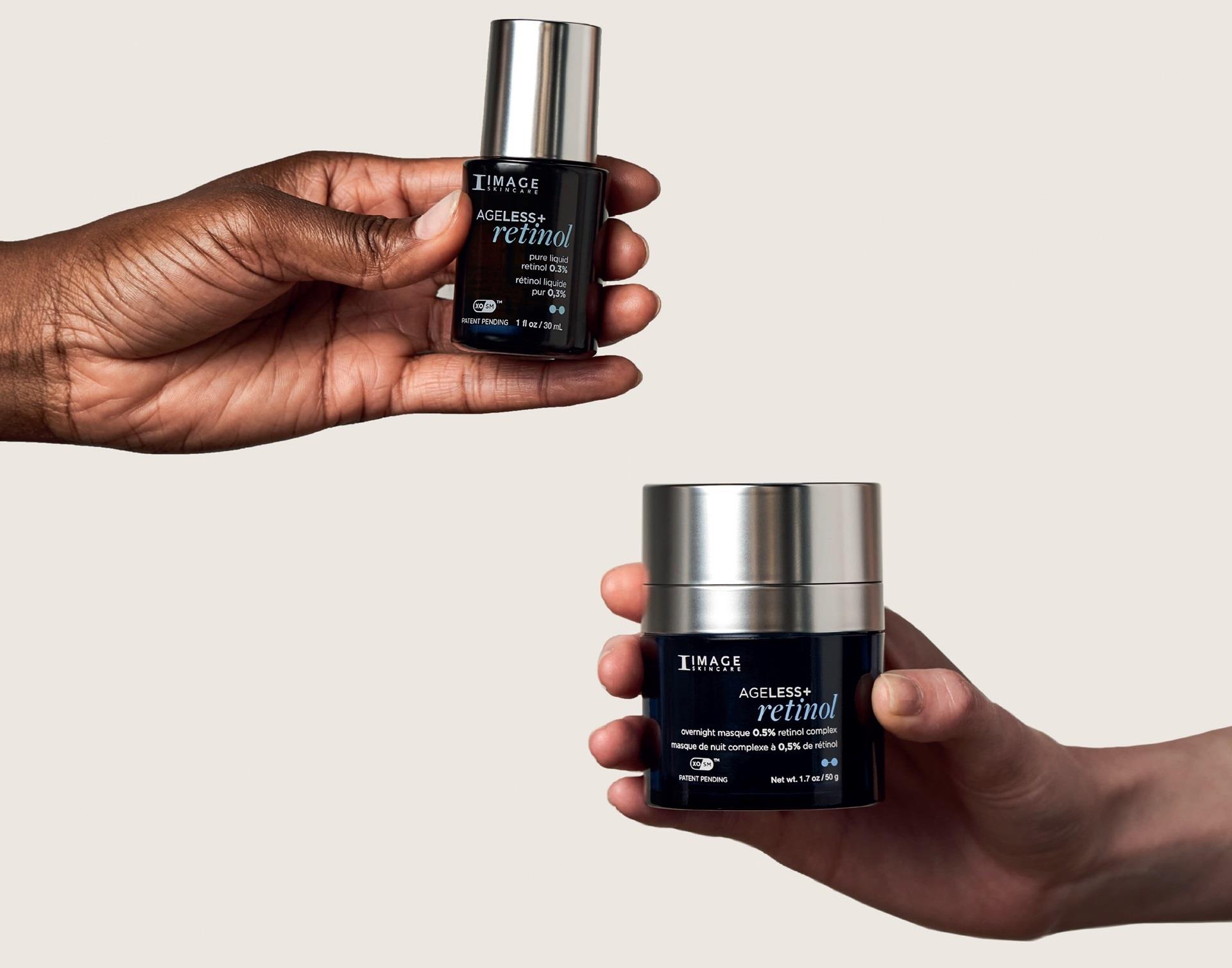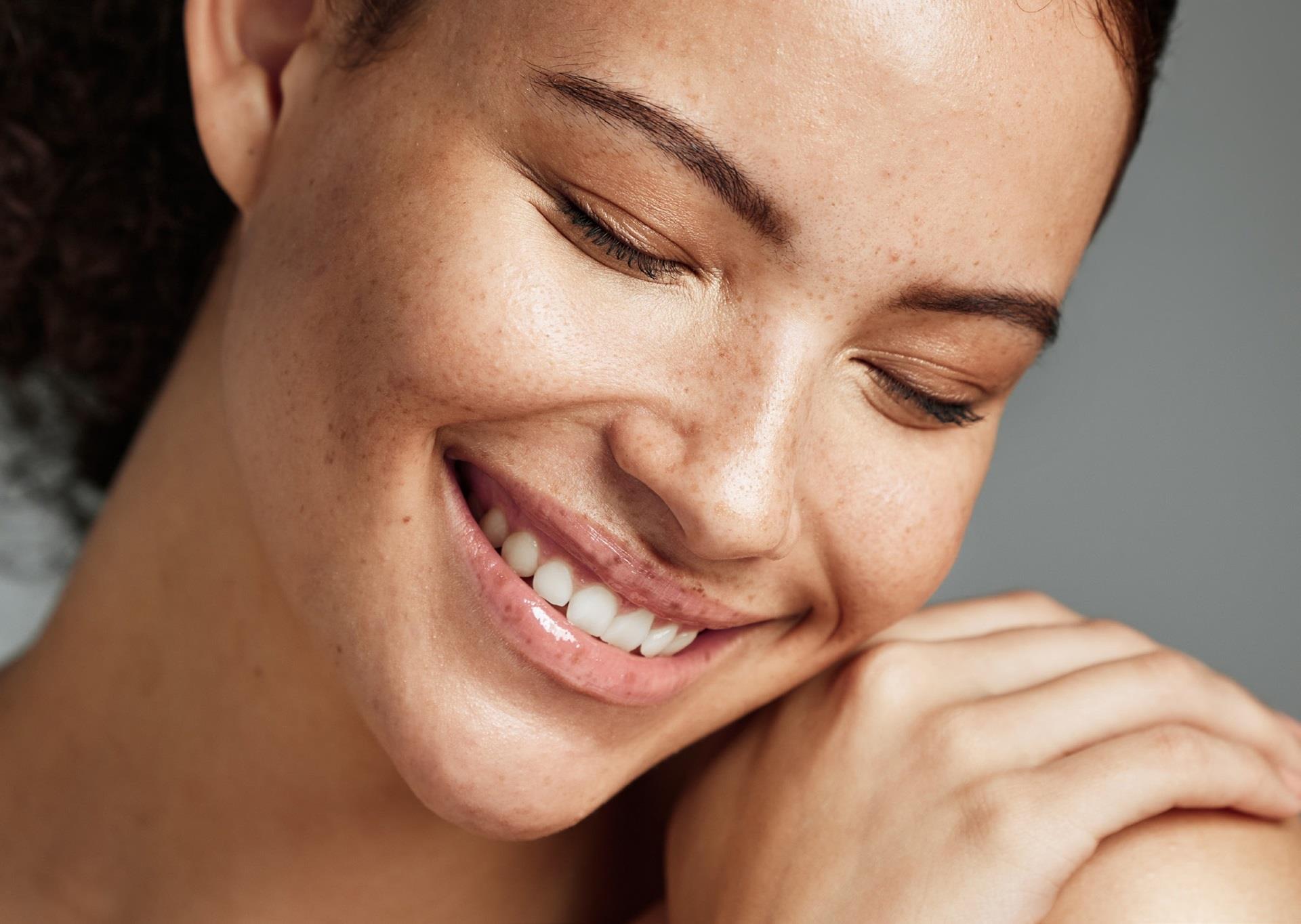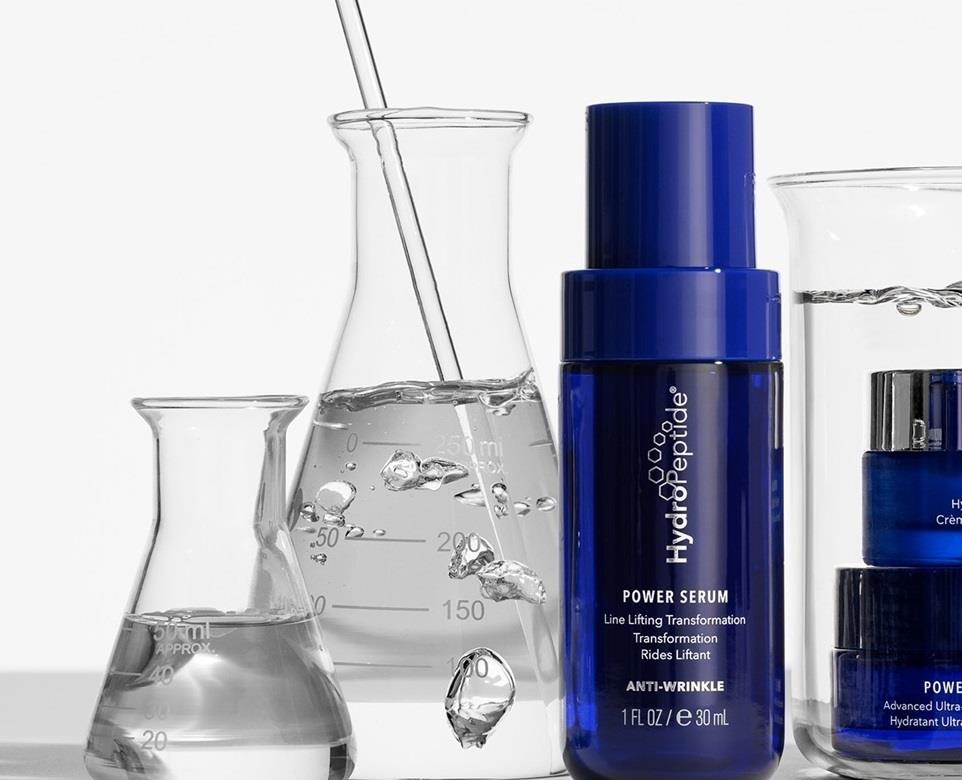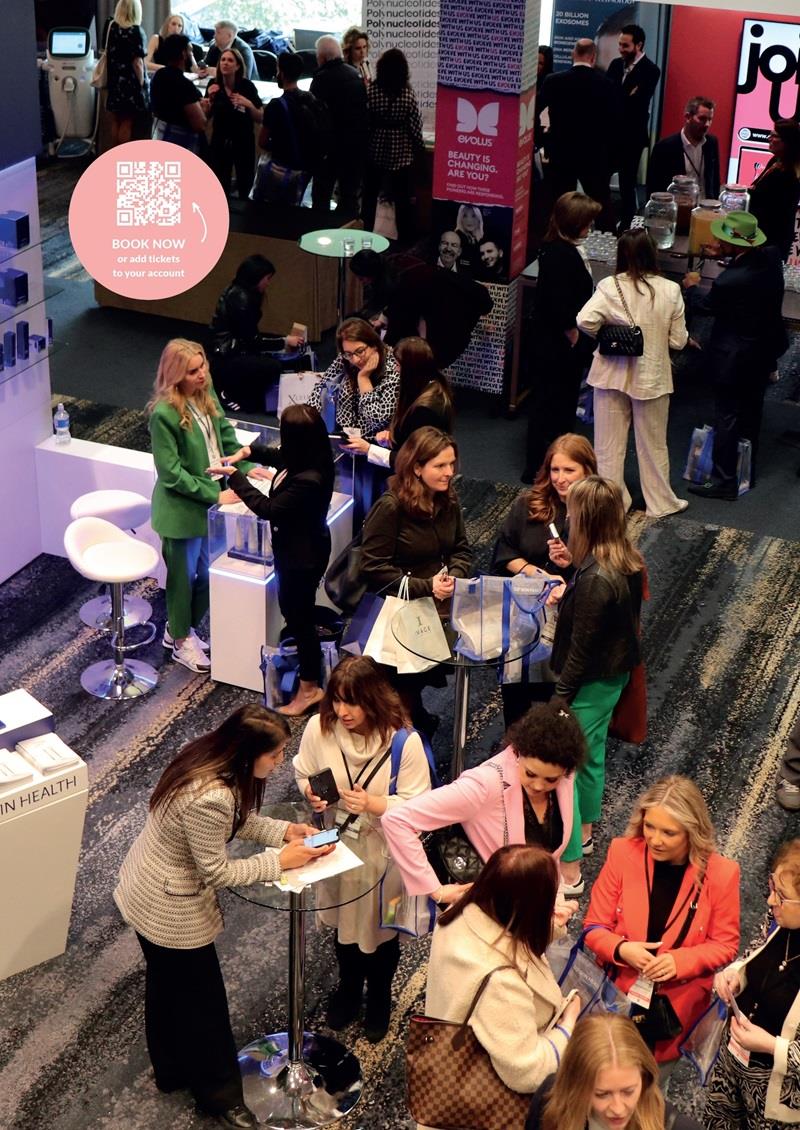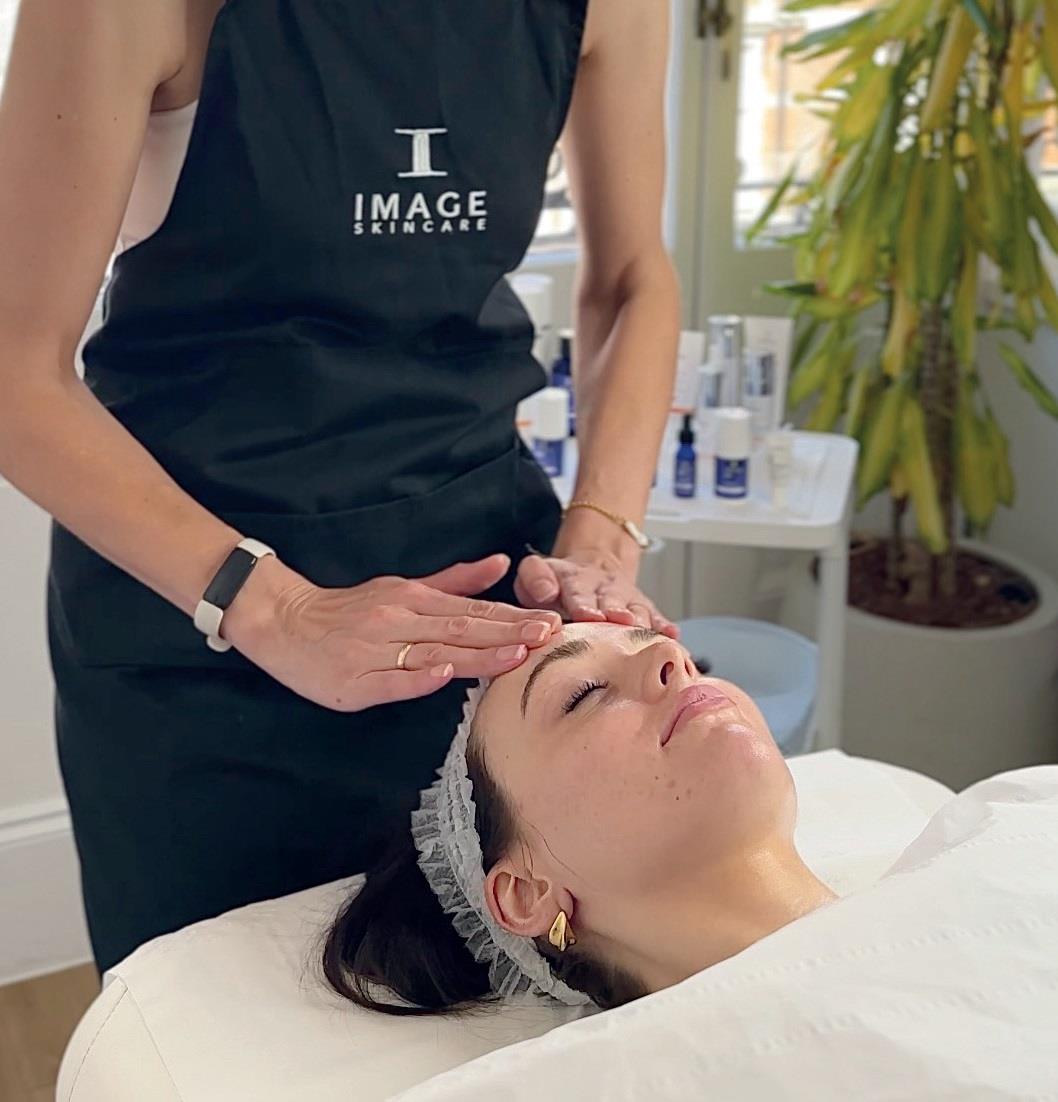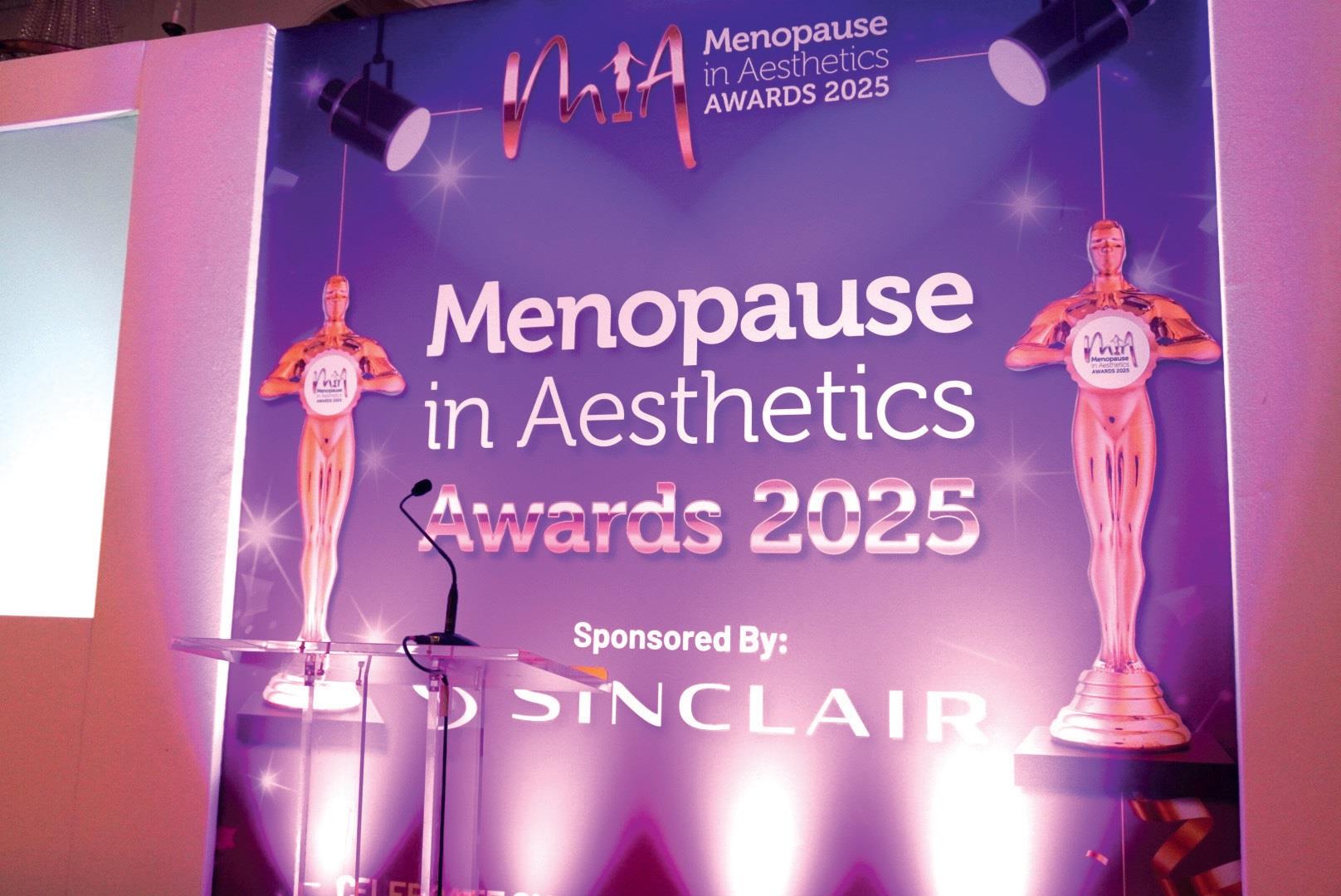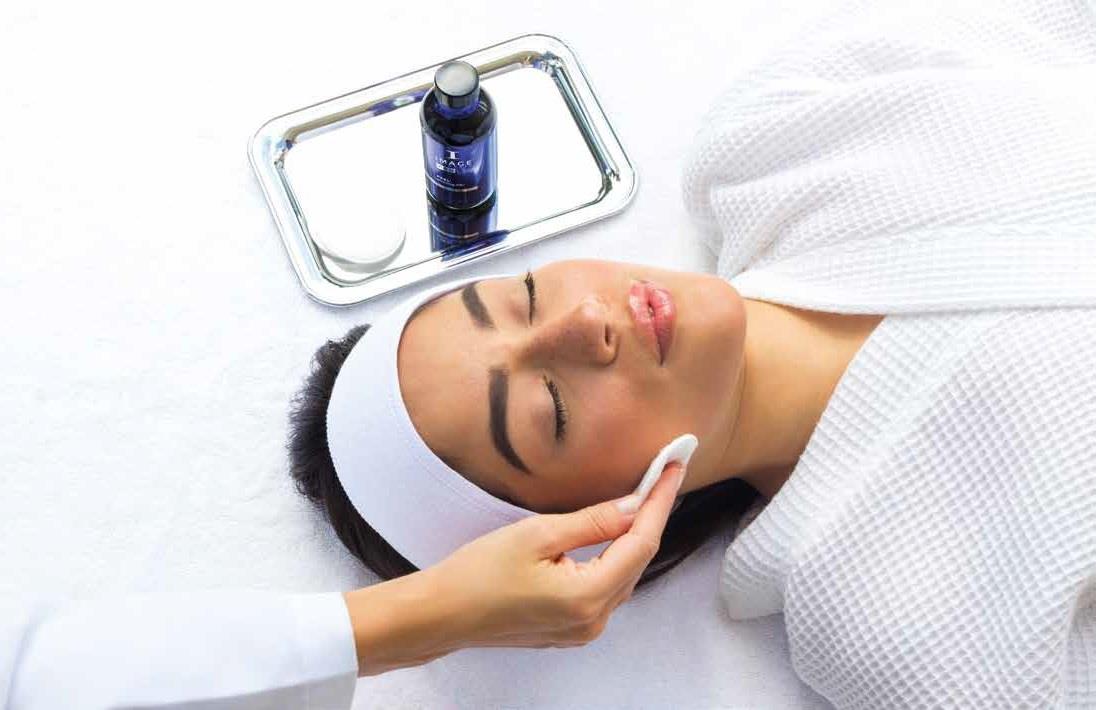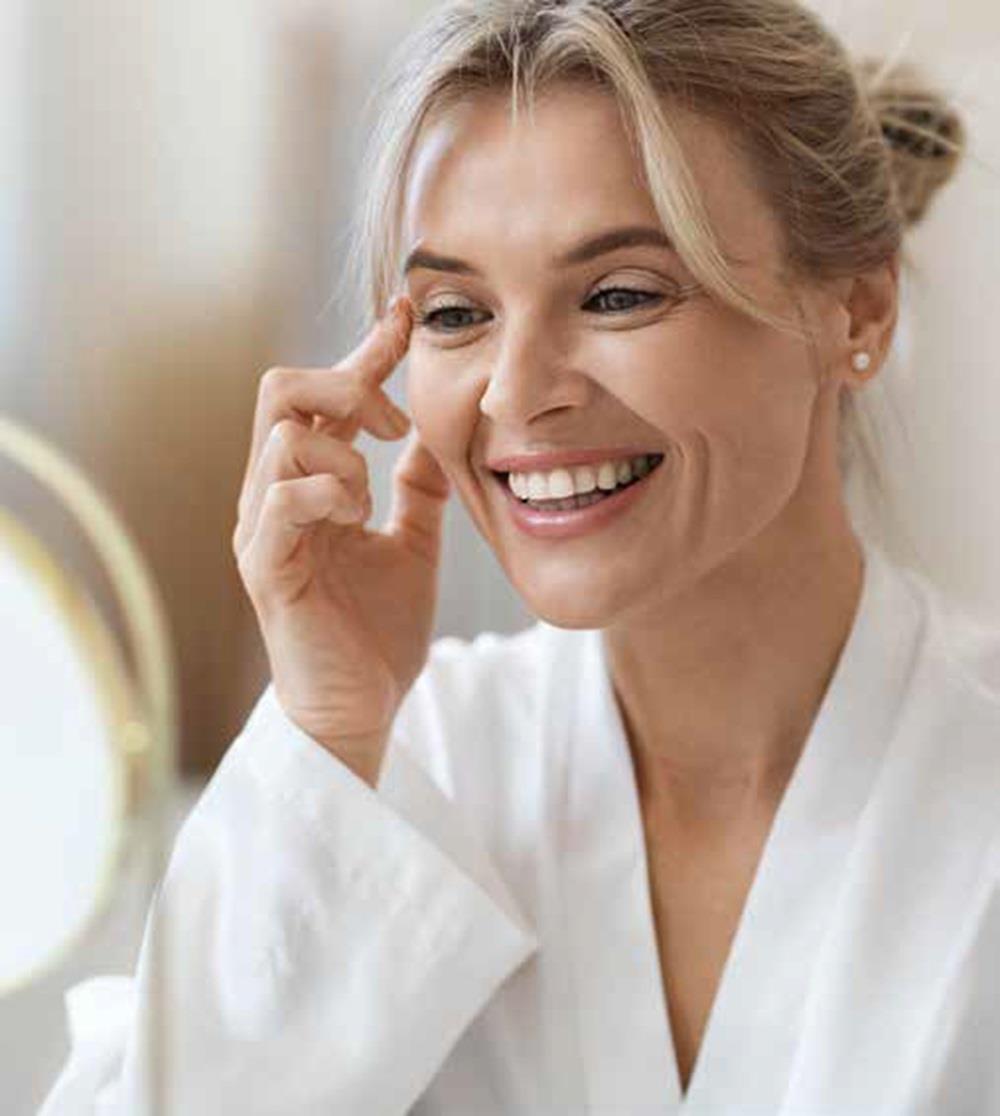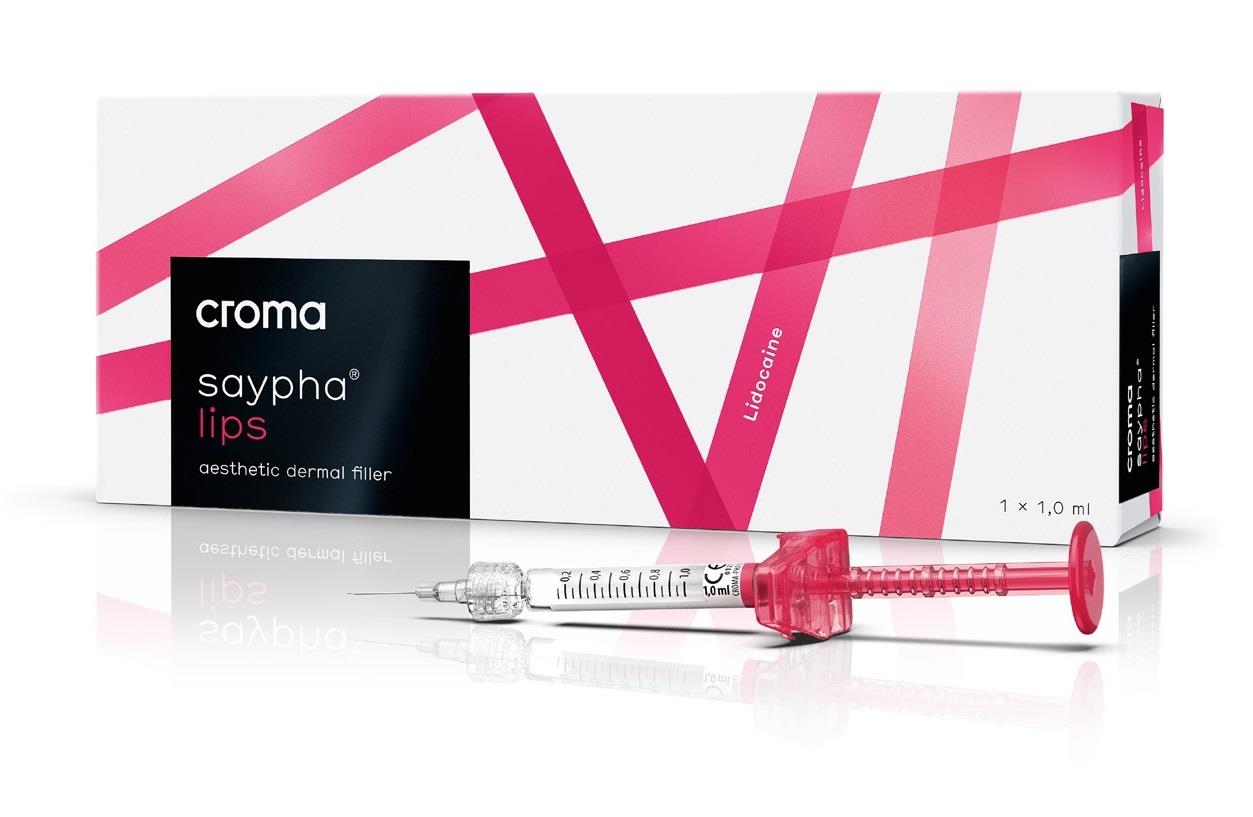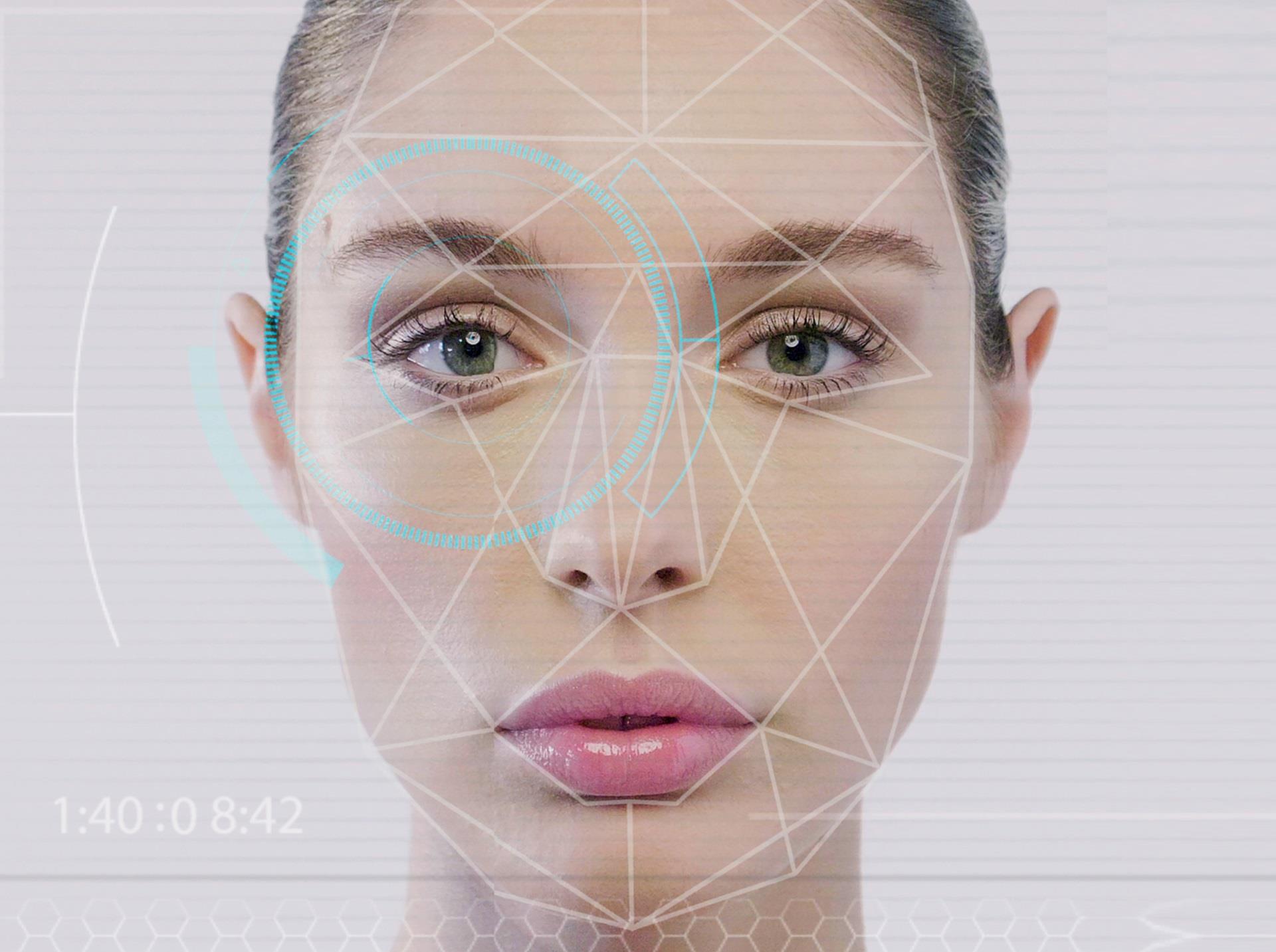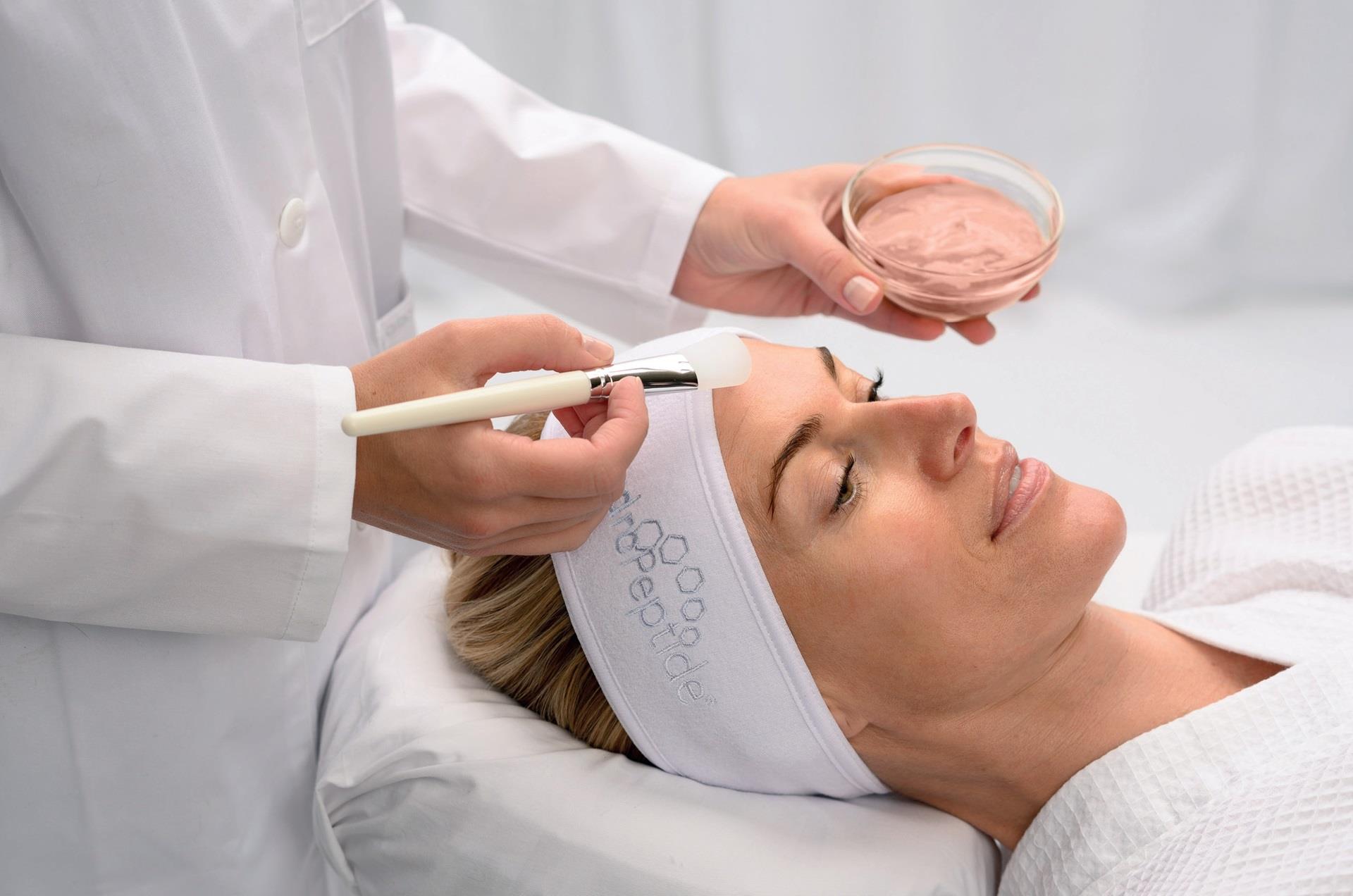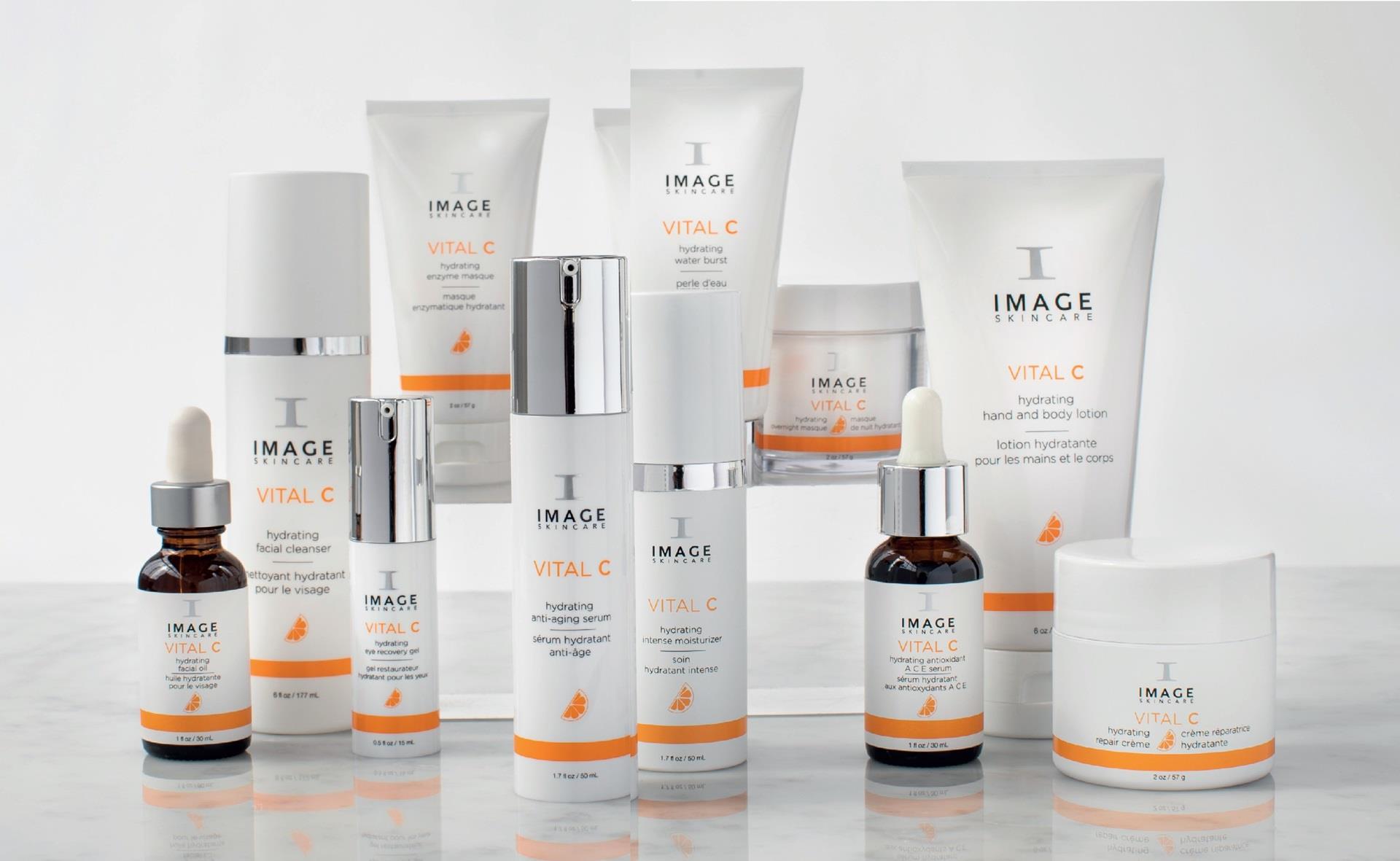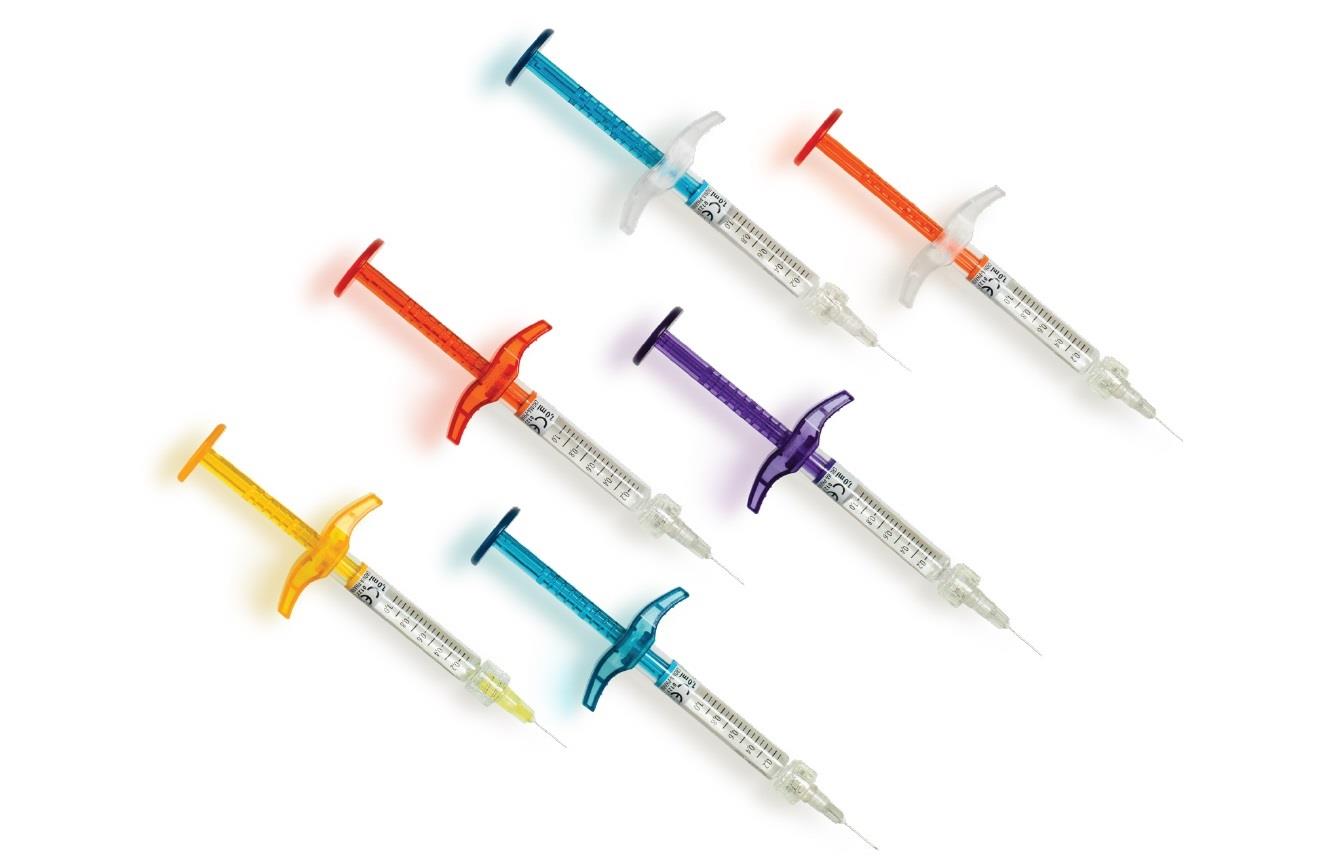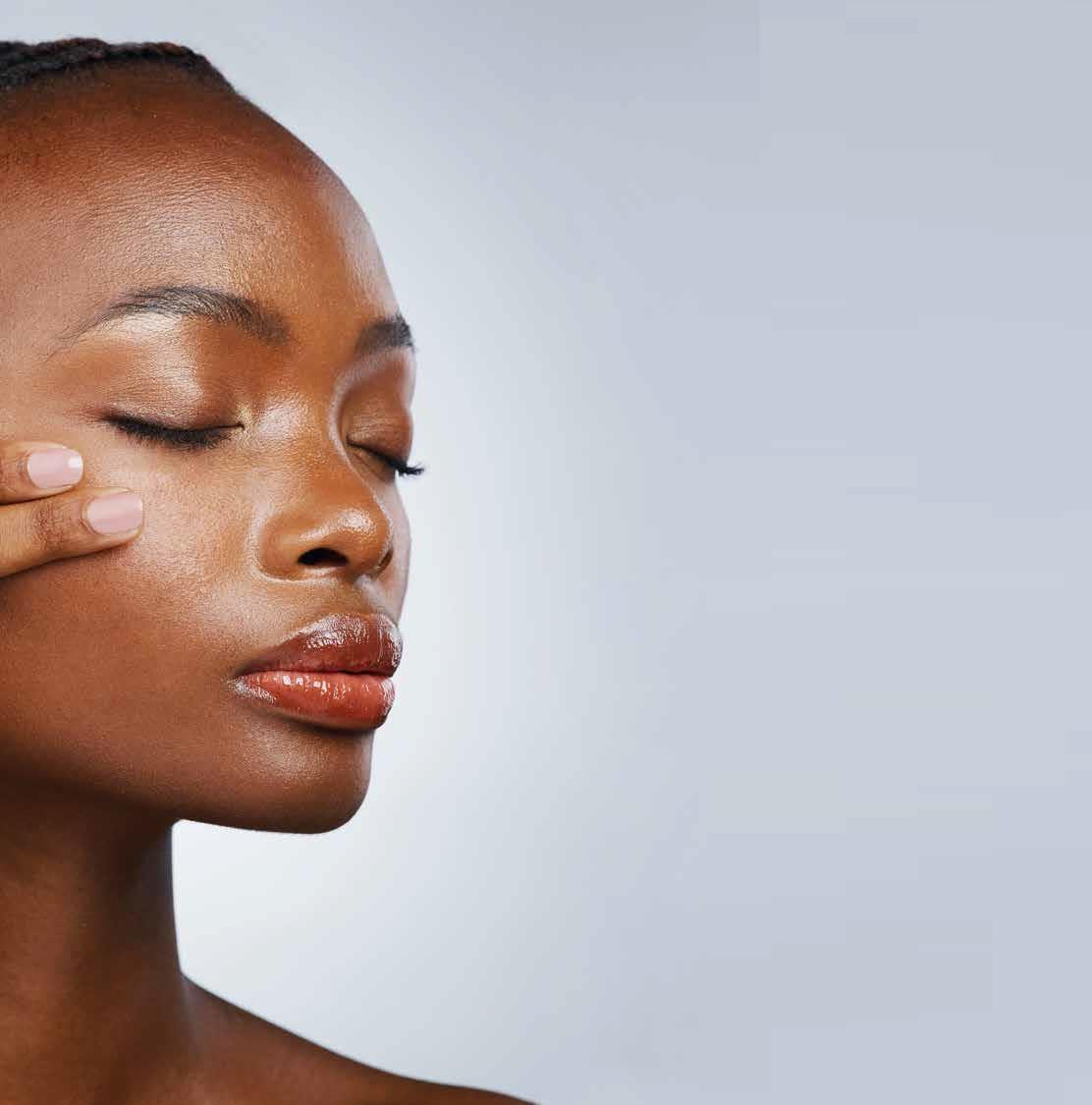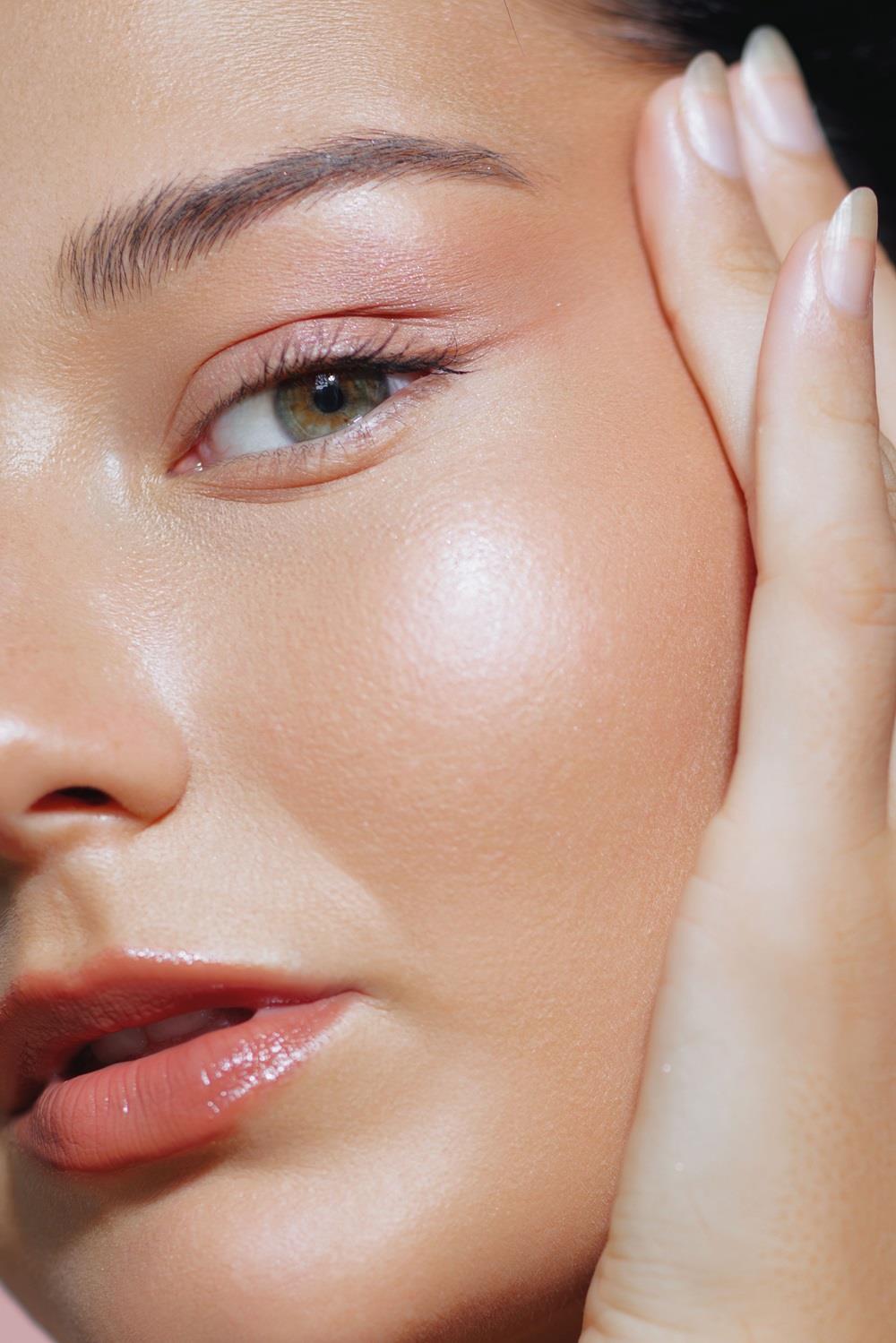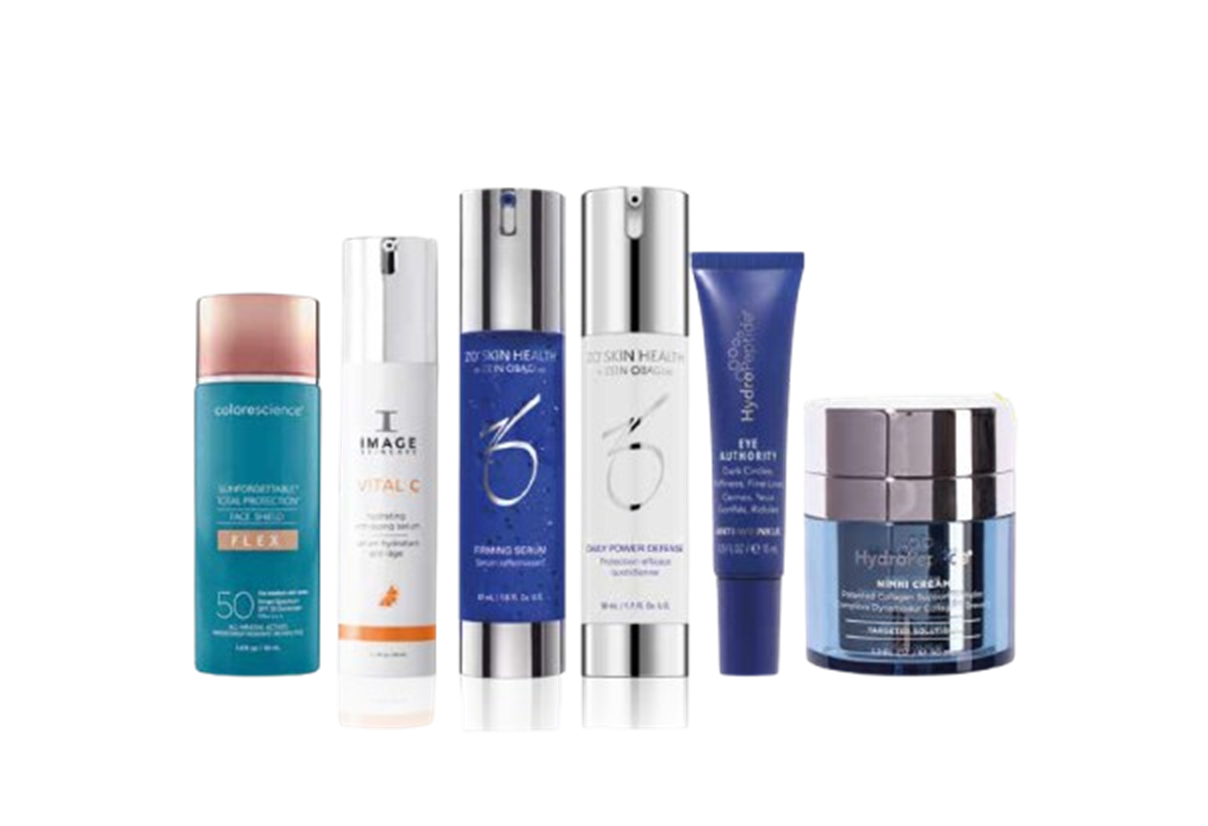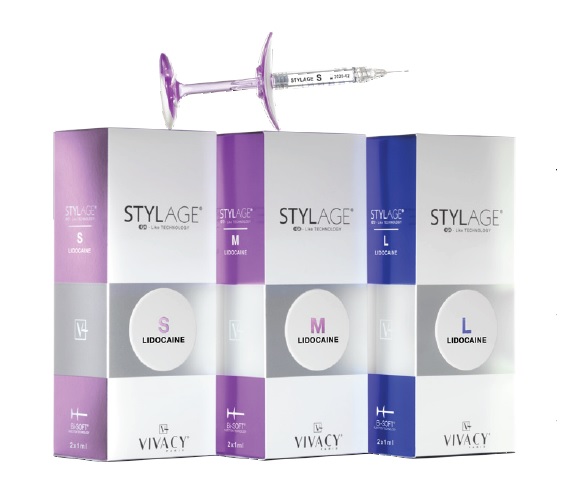
The eyebrow
As we age, the skin around the eye area loses elasticity, the tissue starts to fade and the orbital rim becomes exposed, leading to the drooping of the position of the brow.
There are two groups of typical patients seeking treatment for the brow area; ageing and younger faces. To counteract the droop on an ageing face, I’d use STYLAGE M, without going much thicker, as it would be too viscous for the subtle eye area. The treatment will typically last between five and nine months as an older face would have volume loss due to the fading of the thick and youthful eye pad.
The second main category of patients are the younger faces, who are mostly interested in the fox eye trend. We are able to achieve this “pulled back hair” look with STYLAGE M for instance, where we are having to give elevation of the medial central and lateral part of the brow. You may use STYLAGE S for some younger patients, but M lasts longer as it is more viscous.
My technique for both groups of patients is to always uses a cannula. My preference is 25-gauge shorter length cannula, which I will inject into the mid line of the brow. By following the arch of the brow, I would inject underneath the brow tissue, beneath the brow. I use a cannula because I like to have one entry point, which decreases the downtime for patients, and is safer for the vessels in that area. This also helps the product come out flatter rather than as a projection, making the results immediate and the patient satisfaction levels higher.
In terms of how much I inject depends on the indications. I always start with slow and small doses such as 0.2ml or 0.3ml. Then I have the patient sit upright and go in again if need be. The maximum amount of product I would use in a first session would be 0.5ml. Then I would have a patient come back for a top-up next session if needed.
The advantages to using dermal filler in this area rather than something like threads is that you know the outcome for the patients straight away as the results are immediate. In the case of a complication, or an undesirable outcome, you are able to change and correct this by dissolving the filler.
Feedback from my patients for this procedure have been immensely positive. The older ladies who have fat atrophy and just general skeletonisation of the eye area with ageing are pleased as they receive that more youthful appearance through the volume given. It can help with some loose skin but I'm always cautious not to over promise. I manage their expectations at consultation.
The temples
The typical patient is one that has volume loss in that region either from ageing or perhaps from being very active. When I fill the temple area, an immediate outer lift of the brow develops, as well as voluminisation in the skeleton area. Giving a two in one result.
As for the clients who are younger, getting their temples done is not necessarily for ageing but rather following a trend for instance. When injecting the temporal fossa area, it starts to become hydrophilic and can spread, it will then start to take into that area and it will pull the outer brow up, also providing a fox eye lift effect.
In terms of how I approach treating the temples: I do not use cannulas, but rather a gunshot technique with a needle down to the periosteum, where I aspirate before each injection. I inject in a very small bolus, using the smallest gauge needle where possible. My injection point for temporal injections is identified by marking one centimetre above the brow, or the temporal fusion line, and one centimetre lateral to this point, palpate the bone and then the needle goes straight in, down onto the periosteum. If I do not feel the periosteum I come out and I re-site. Depending on the patient, you might not need that much product, as a temple can take 1ml. The product I use will depend on the severity of the volume loss, the age of the patient and their desired look. Anything from a STYLAGE M or L, to an XL may be appropriate, with XL giving more volume, and L more projection. Whereas with a younger patient I may only use M to compliment the eye lift
Aftercare advice for patients is as with any dermal filler; I recommend no exercise, sauna or sunbeds. Massaging of any dermal filler should only be done at a clinic and not at home as it may cause inflammation.
Patient responses are much better in two weeks when all the swelling and redness has gone down.
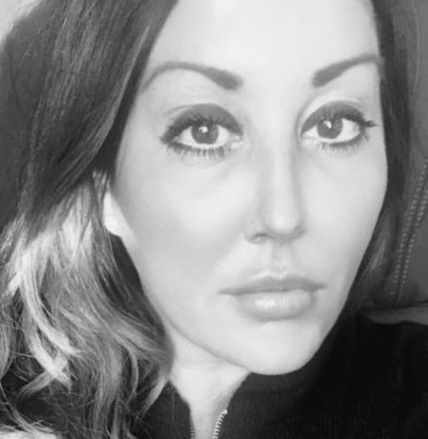
Heidi Dollimore is a registered nurse with over 30 years’ experience. She has been in the aesthetic industry for 12 years, running her clinic in Newcastle as well as a training school all across the UK, Ireland and overseas. As a VIVACY brand ambassador, Heidi, co-hosts multiple training days with the VIVACY product specialists.
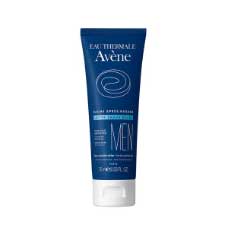
 Added to basket
Added to basket

 Unapplied Changes
Unapplied Changes


